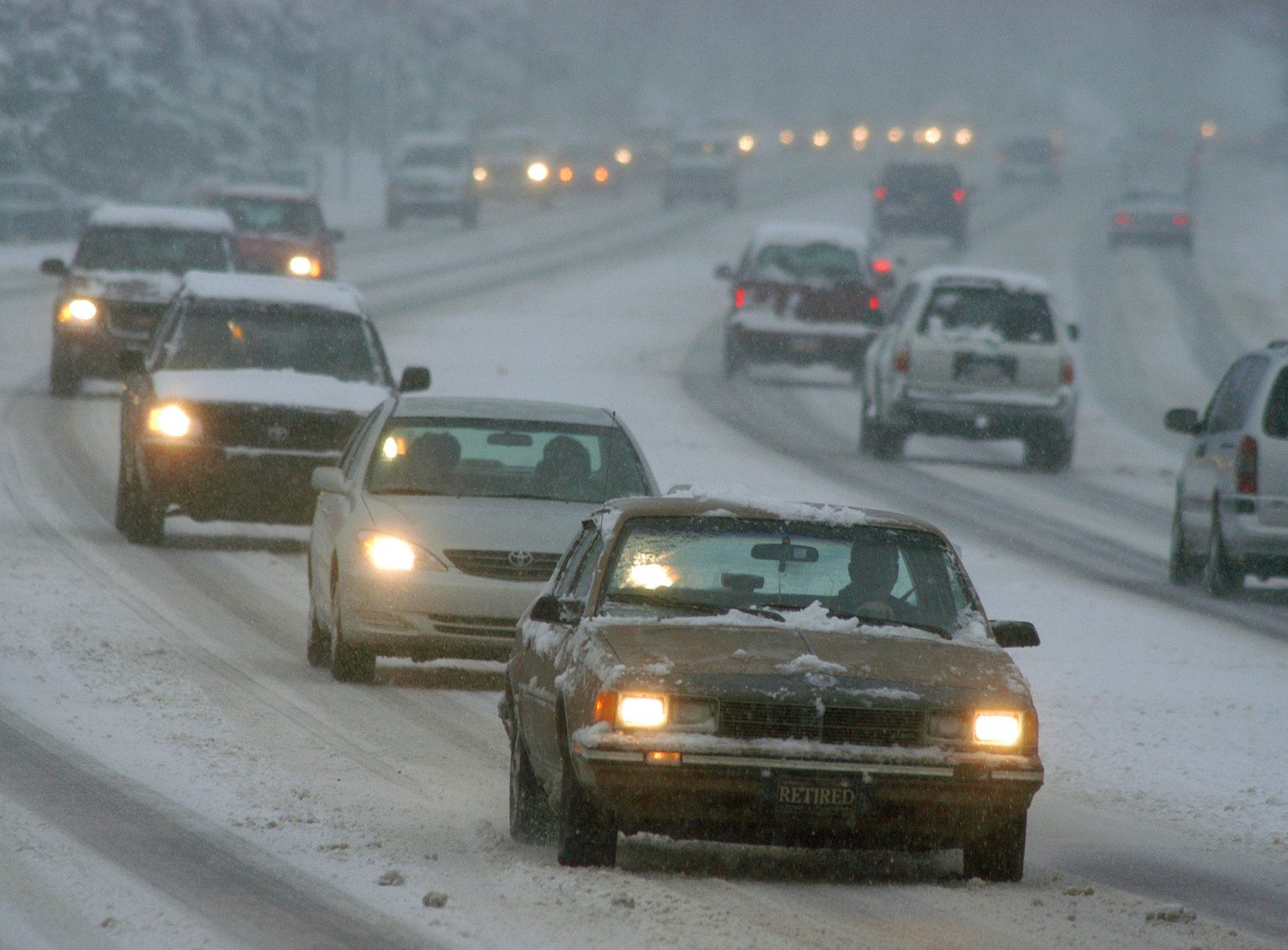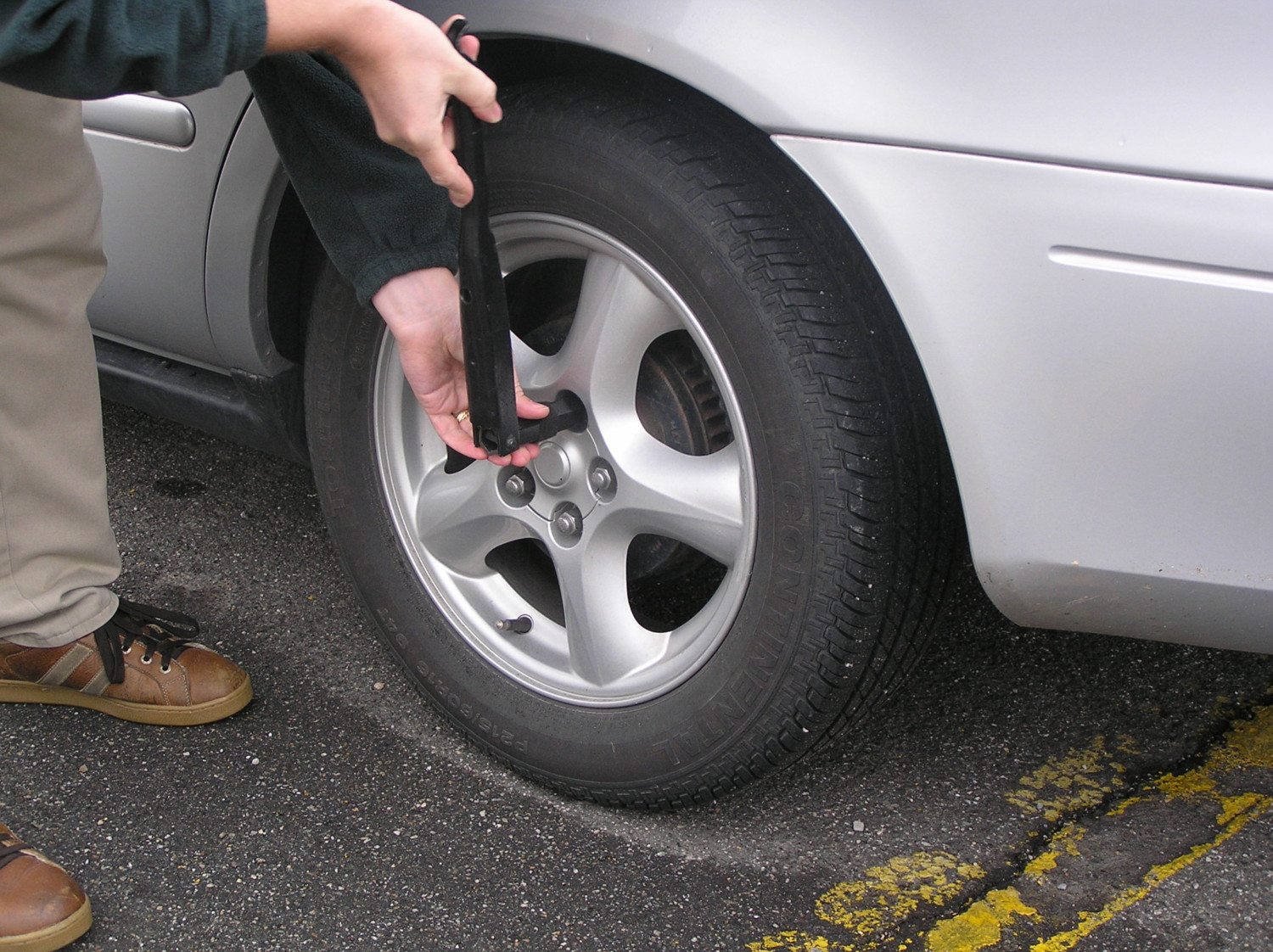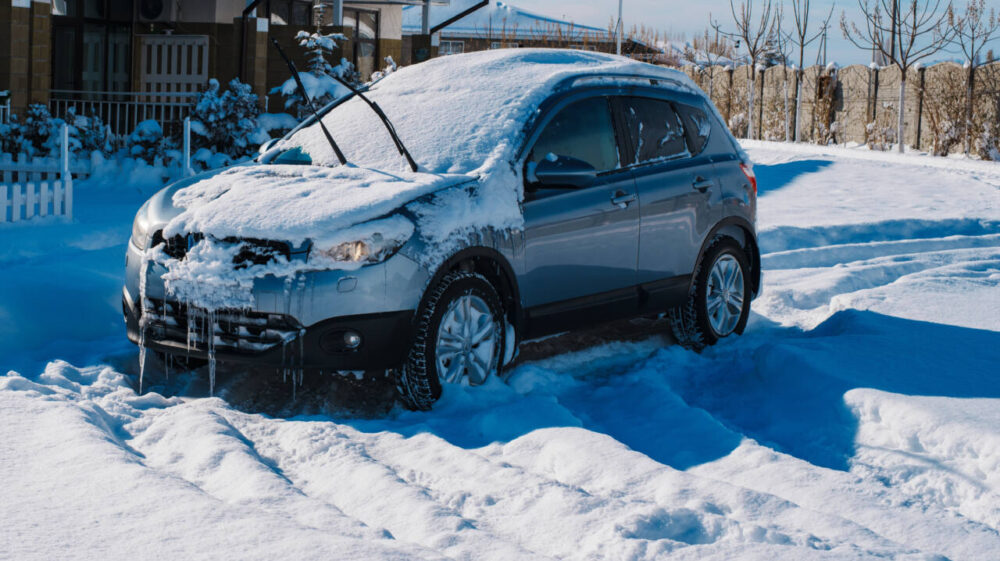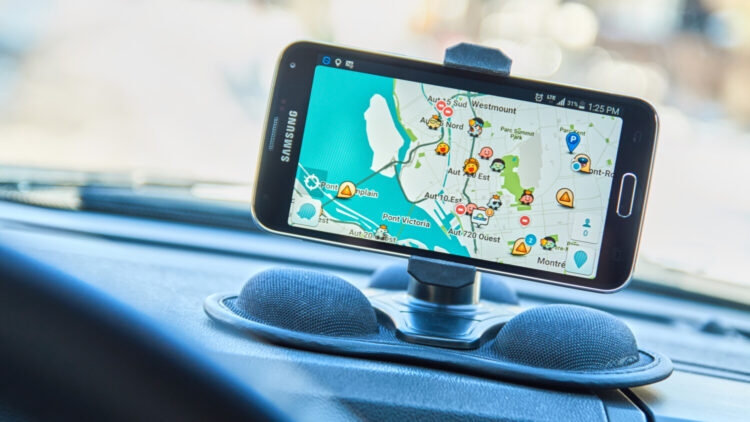New survey reveals drivers have false sense of safety during summer months
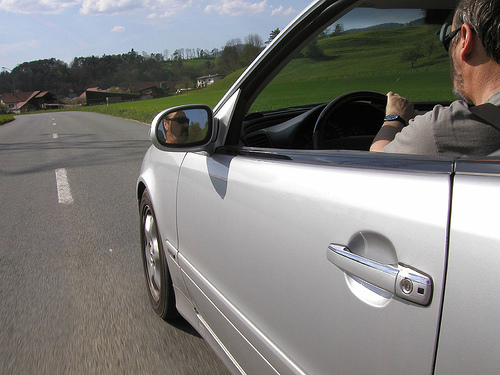
It’s pretty hard to deny the benefits of summer—Vitamin D, sunshine, time off from school (and work if you’re lucky), sunshine, there are more activities to do outside, and did I mention sunshine?
But as wonderful as summer is, some of these “benefits” can actually be dangerous when it comes to something most of us do a lot of during the summer months—driving.
Summer Gives Drivers False Sense Of Safety
New survey data from Michelin finds that some summer benefits—including longer daylight hours and better driving conditions—may lull drivers into a false sense of safety.
Of 1,000 adults surveyed, two in three (67 percent) drivers feel safer driving the summertime, citing better road conditions (83 percent) and nicer weather (81 percent), but 75 percent also falsely believe that summer has fewer accidents than other times of the year.
“Statistically speaking, summer is the most dangerous time to be on the road,” said Sarah Robinson, driving safety expert at Michelin. “AAA expects to rescue seven million Americans roadside this summer.”
The likely reason? We’re not as alert and focused on immediate surroundings in the summer as we are in the winter. We don’t need to be hyper-focused to stay safe on icy roads, and so, we tend to check out.
Drivers surveyed by Michelin actually reported being three times less likely to be vigilant in the summer months. Compared to 81 percent in the winter, only 10 percent say they are likely to drive cautiously in the summer and 17 percent say they pay close attention to other drivers (that number is 72 percent in the winter).
“What wasn’t surprising was the fact that so many Americans were planning to take summer road trips, with nine in 10 driving two hours or more and nearly half driving 7 hours or more,” Robinson said. “We also found that drivers were five times more likely to drive with other passengers in the car during summer, which isn’t surprising when you consider the fact that school is out, and many are taking road trips with family and friends. Of course, more time on the road and having passengers in the car—which could be distracting—is all the more reason why drivers should be extra vigilant.”
Be Prepared Before You Hit The Road
The most common way Americans prepare for driving is by checking the weather (91 percent). While more cautious, older drivers don’t take as much time to prepare for car rides as younger drivers. Fifteen percent of 55+ drivers are unlikely to check the weather, while only 5 percent of middle-aged drivers drive without a forecast. Older drivers are also less likely to pack an emergency kit (29 percent), while 87 percent of younger drivers are likely to do so.
“As someone who can really geek out over tire performance, it was alarming to learn that drivers were three times less likely to check their tires during the summer, compared to winter,” Robinson said. “What many people don’t realize is that heat is actually an enemy of tires and many of the most severe tire related instances occur when driving on underinflated tires during hot summer months. We always encourage drivers to check their tires at least once a month—or before a long road trip.”
Here are a few more summer driving tips from Michelin:
- Give your car a checkup: Ahead of summer travel season, conduct a safety check of your vehicle to make sure it is in prime condition. Check oil and fluid levels, windshield wipers, headlights and battery ahead of your trip.
- Check your tires: Check to ensure your tires have sufficient tread and check your tire pressure. Underinflated tires offer less traction, can reduce fuel efficiency, wear out prematurely and, most importantly, suffer unnoticeable and irreparable damage that compromises their performance and safety. Don’t forget to check the air in your spare, too.
- Practice safe following distance: Always be aware of the cars immediately surrounding you, including those in front. Giving yourself enough room to brake or maneuver in an unexpected situation is a crucial component to defensive driving.
- Focus fully on the road ahead: While on the road, focus fully on driving. Any activities that could divert your attention should be avoided while at the wheel. This includes things like using your phone, snacking, or reaching into the backseat to attend to a child or pet.
- Carry an emergency kit: Always carry a well-stocked emergency kit in your car that includes items such as jumper cables, flashlight with extra batteries, reflective triangles, first aid kit, water and non-perishable food items. Program your cell phone with emergency numbers, including that of your roadside assistance provider.
- Take breaks during long drives: Pull over and take breaks every couple of hours, even if you don’t feel sleepy. Stretching your legs and taking a quick moment to “reset” can help avoid zoning out behind the wheel and keep passengers from getting cabin fever.
For more road and tire safety tips click here.


